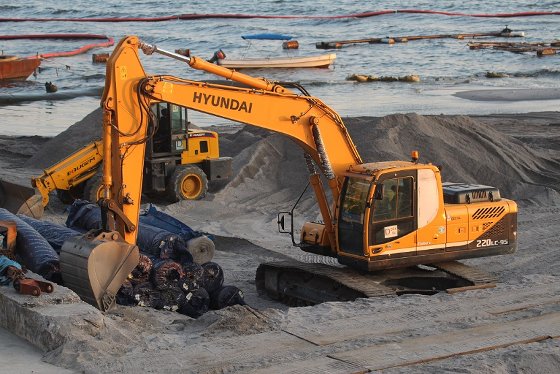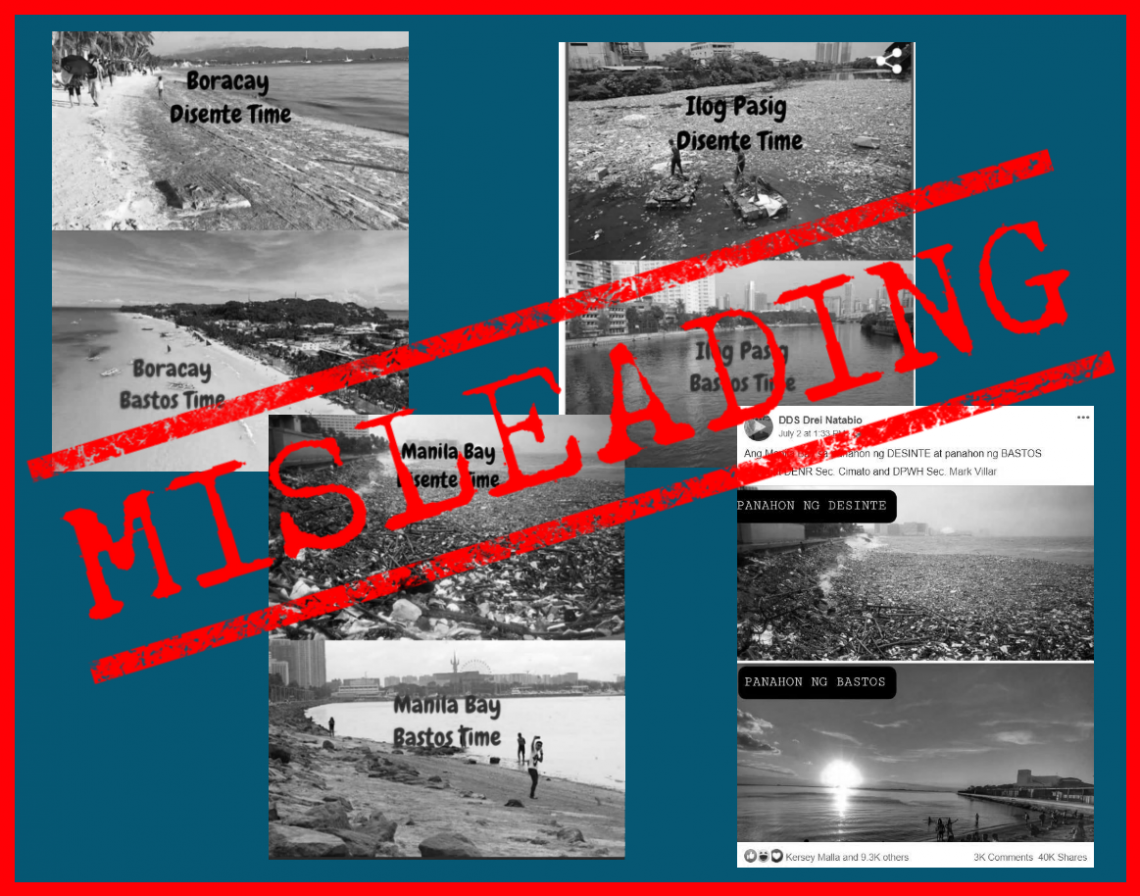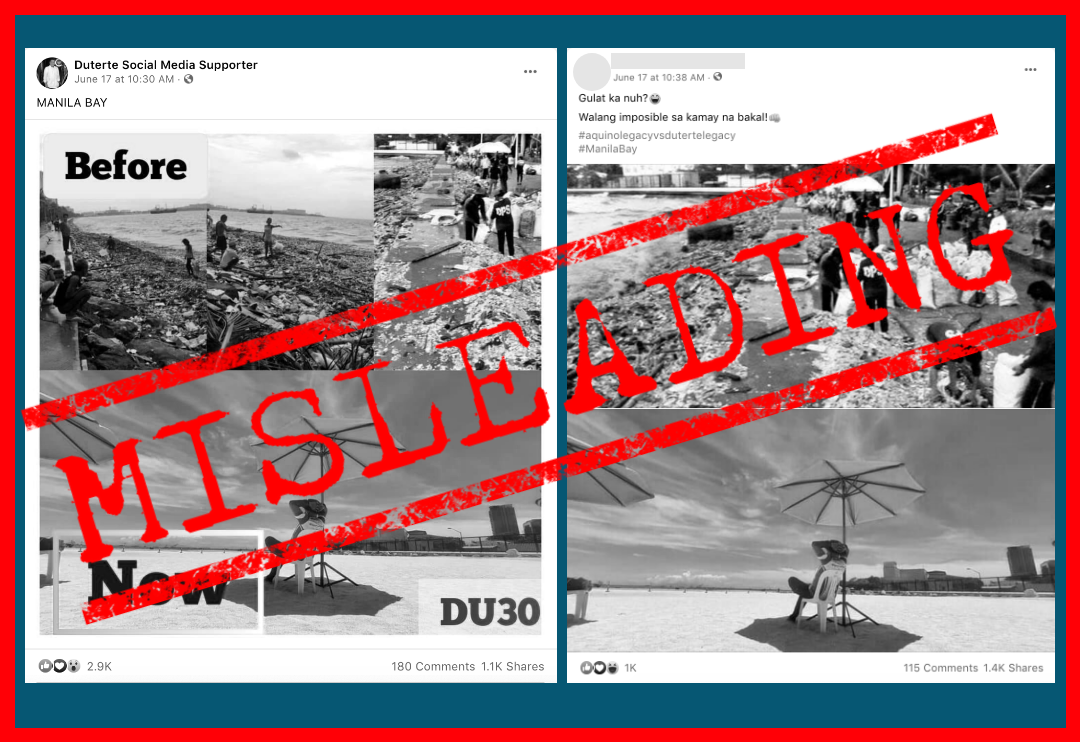Some people in government have become experts in squandering public funds even as the coronavirus disease 2019 (Covid-19) pandemic continues to make life miserable for more Filipinos.
Whoever broached the plan to construct a breakwater to protect the crushed dolomite on a portion of Manila Bay might have thought that the government has too much money to burn for a completely unnecessary project such as preserving that pocket of artificial white sand from being washed away by strong waves.
And whoever approved that crazy idea must have placed public good at the bottom of his priorities. Some may even entertain the thought that commission (read: kickback) had been paid so the contract must be pursued to its completion.
Undersecretary Joan Leones of the Department of Environment and Natural Resources (DENR) disclosed to the press last Thursday that they have been informed about the plan of the Department of Public Works and Highways (DPWH) to build the breakwater, in addition to geo-tubes, or huge, durable plastic filled with sand already in place along the perimeter of the shore to ensure that the crushed dolomite will remain intact despite the current.
With that plan, it is clear that the DPWH and DENR have refused to heed heavy criticisms that the P389-million “beach nourishment” project is a waste of scarce public funds.
According to DENR Undersecretary Benny Antiporda, the complete rehabilitation project for Manila Bay that may take seven years to finish was given a total budget of P47 billion by the Duterte administration. For 2020, P1.3 billion was allotted for the implementation poof the Manila Bay Coastal Management Strategy.
If that’s the case, then the cost of dumping artificial white sand on a portion of Manila Bay adjacent to the United States Embassy compound on Roxas Boulevard is a relatively small amount.
The proponent of the breakwater project to protect the disappearing white sand must be eyeing to get a chunk of the whopping rehabilitation fund for it.
Before the recent strong typhoons and heavy rains came, it was reported that 120 meters — out of 500 meters — of Manila Bay’s shoreline had been covered by the crushed dolomite from Cebu. Based on recent photos posted on news websites and social media, it would appear that roughly half of the white sand had been washed away, or washed in, to use the DENR officials’ term, noting that mud and black sand had merely covered the dolomites.
Given the situation of the “white sand” now, after strong typhoons hit the country, including Metro Manila, the government should already put this project at the backburner. It has proven Palace Spokesman Harry Roque and Antiporda wrong that the project would help enhance mental health. Well, perhaps it did briefly to some of those who took time to go there and get a “Boracay” feel at the heart of Metro Manila. But is it worth the money?
If the government will keep restoring the “white sand” beach each time a typhoon or high tide pulls away the dolomites and covers the shoreline with black sand and wastes, when can it stop spending precious money for such an unnecessary cosmetic project?
Environment and fishers groups have pointed out that constructing a breakwater may be able to hold some of the dolomite on the shoreline but this does not guarantee that it will effectively impede water flow and prevent the crushed dolomite rocks from being washed out.
Fernando Hicap, national chairperson of the group Pamalakaya, sounds correct when he said that dumping dolomites to create the “white sand” ambiance on Roxas Blvd. was veering away from the DENR’s mandate to restore marine ecosystem, but to beautify the area.
Indeed, having that portion of the Manila Bay shoreline covered with white sand is pleasing to the eye. It may not be comparable to Waikiki Beach’s Kalakaua Avenue, but it would look really nice. However, given the government’s financial position and the country’s economic situation when millions of people have lost their jobs and more are pushed to extreme poverty during the Covid pandemic, it is wiser to put this project aside and channel available resources to addressing more pressing concerns such as food security.
Public officials behind this “white beach” project should just ditch it instead of spending more money just to save face. That way, government could minimize the losses.
The views in this column are those of the author and do not necessarily reflect the views of VERA Files.





